Have you ever wondered how to make cadmium yellow shine with brilliance in your artistic endeavors?
As artists, creators, and innovators, we are constantly seeking the tools and knowledge to bring our visions to life. Cadmium Yellow, with its radiant and timeless appeal, has intrigued generations.
In this post, we’ll unveil the enigma surrounding its creation, explore the historical significance that has left a vivid imprint on the art world, and embark on a scientific adventure to understand the composition of this remarkable pigment.
So, whether you’re a seasoned artist or a curious enthusiast, join us on this vivid expedition into the realm of color, chemistry, and creativity.
What is Cadmium Yellow?
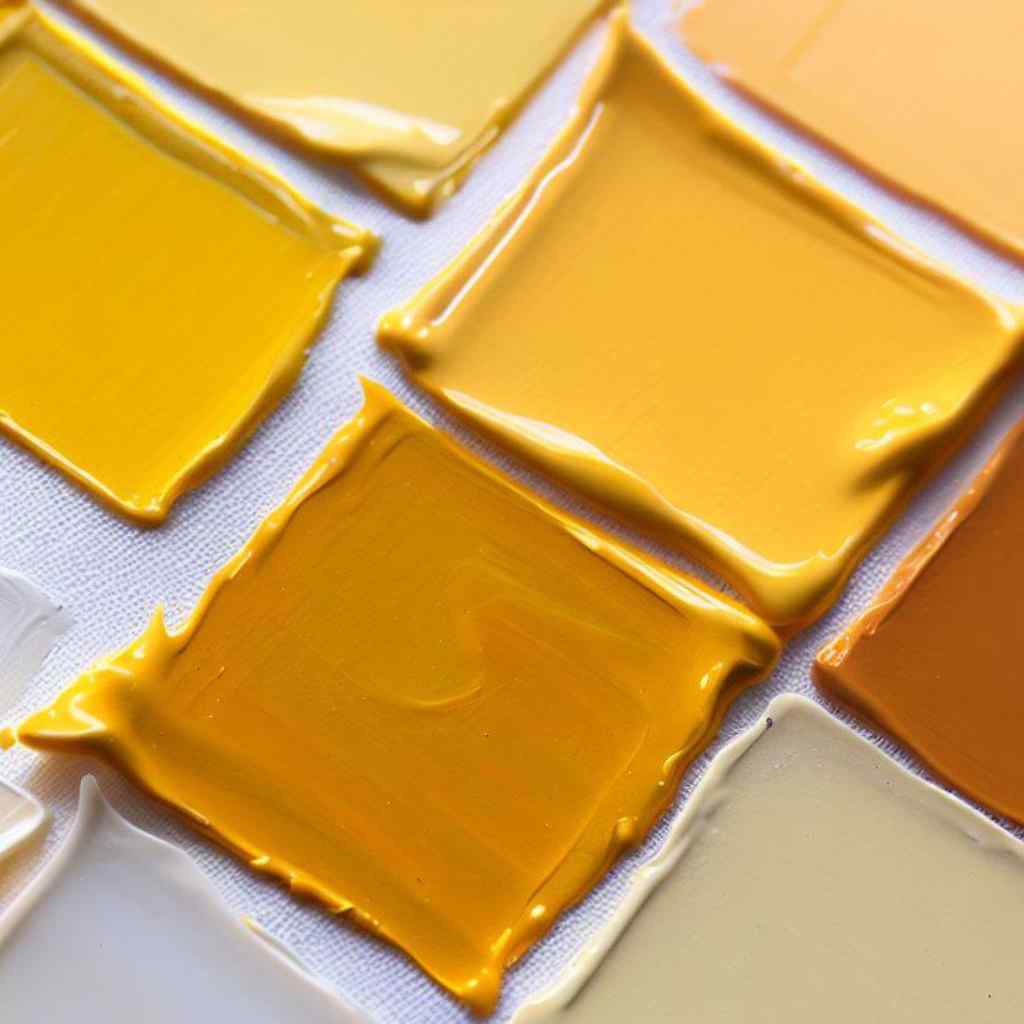
Cadmium Yellow is a vibrant and highly valued pigment used in art, particularly in painting and other artistic applications. It is characterized by its bright and intense yellow color, making it a popular choice among artists for its ability to create vivid and long-lasting hues.
At its core, Cadmium Yellow is composed of cadmium sulfide (CdS). This inorganic compound exhibits remarkable stability and a dazzling array of yellow shades. The magic lies in the precise balance of cadmium and sulfur, a chemical pas de deux that gives birth to its signature brilliance.
How to Make Cadmium Yellow by Mixing Colors?
Creating Cadmium Yellow through color mixing is an artful endeavor that allows you to achieve this vibrant hue using existing pigments.
It’s not only a practical way to expand your artistic palette but also an opportunity to explore the nuances of color theory and discover the endless possibilities of blending pigments.
Gathering Materials
Before you start creating Cadmium Yellow through color mixing, ensure you have the necessary materials at your disposal:
- Yellow Pigment (like primary yellow or bright lemon yellow)
- Red Pigment (strong and warm red pigment like cadmium red)
- Mixing Palette
- Palette Knife or Paintbrush for mixing colors
- Water or Medium
How to Make Cadmium Yellow by Mixing Colors: Step-by-Step Guide
Here is step-by-step the process of blending colors to craft your own Cadmium Yellow-
- Create a Yellow Base: Begin by squeezing a small amount of your yellow pigment onto your mixing palette. This will serve as the foundation of your Cadmium Yellow mixture. Ensure the yellow pigment is vibrant and free from impurities.
- Introduce the Red Pigment: Next, add a touch of your red pigment to the yellow on the palette. Start with a small amount to avoid making the mixture too intense too quickly. The red pigment will imbue the yellow with warmth and depth.
- Mix Thoroughly: Using your palette knife, blend the yellow and red pigments together. Mix thoroughly until you achieve the desired shade of Cadmium Yellow. Keep in mind that you can always add more red or yellow to adjust the color to your liking.
- Test and Adjust: Before using your custom Cadmium Yellow in your artwork, it’s essential to test it first. Apply a small amount to a scrap piece of paper or canvas to see how the color appears when dry.
If you need to make further adjustments, return to your mixing palette and fine-tune the mixture.
How to Make Cadmium Yellow: Traditional Method
Crafting Cadmium Yellow from scratch is a blend of science and artistry, requiring precision, patience, and a deep understanding of the chemical processes at play.
Materials Needed
To create Cadmium Yellow pigment, you’ll need several key materials-
- Cadmium oxide
- Sulfur sources
- Grinding tools
- Binders
- Pigment dispersants
How to Make Cadmium Yellow: Step-by-Step Guide
Creating Cadmium Yellow pigment is a meticulous process that demands precision and attention to detail.
- Extracting Cadmium from Cadmium Oxide: At the heart of Cadmium Yellow pigment lies cadmium itself, typically sourced from cadmium oxide. This initial step involves extracting cadmium from cadmium oxide, a chemical compound. The oxide serves as the primary source of cadmium, which gives Cadmium Yellow its distinctive color.
- Mixing Sulfur with Cadmium: To create the characteristic sulfur-based compound that forms Cadmium Yellow, mix the extracted cadmium with sulfur sources.
The interaction between cadmium and sulfur initiates a chemical reaction that leads to the formation of cadmium sulfide, the key component responsible for the pigment’s vibrant yellow hue.
- Heating the Mixture: The cadmium-sulfur mixture must undergo controlled heating to ensure the proper chemical transformation. The application of heat triggers the reaction between cadmium and sulfur, resulting in the creation of cadmium sulfide.
This step requires precise temperature control to achieve the desired color intensity and purity.
- Grinding and Milling the Pigment: Once the cadmium sulfide compound has been successfully formed, it is time to grind and mill it into a fine powder.
This process breaks down larger particles, ensuring a consistent and smooth texture for the Cadmium Yellow pigment. The fineness of the pigment is crucial for achieving even color distribution in your artwork.
- Testing for Purity: Quality control is vital in pigment preparation. Testing the purity of your Cadmium Yellow pigment is a crucial step.
Various techniques, including spectroscopy and chemical analysis, can be employed to verify the pigment’s purity and confirm that it meets the required standards for color accuracy and stability.
Mixing Cadmium Yellow with Different Mediums: Binding Agents
Burnt Umber can be mixed with various mediums, such as water, oil, and acrylics, to create different types of paint. Each medium’s binding agent brings its unique characteristics to the final artwork.
Making Cadmium Yellow Oil Paint
For those who prefer oil painting, combining cadmium yellow with linseed oil is a classic method to create oil paint. Linseed oil is a traditional binder used in oil painting to create oil paint.
Mixing cadmium yellow with linseed oil requires patience and skill to achieve the perfect consistency. Artists can experiment with different ratios to find the balance that suits their painting style.
Preparing Cadmium Yellow Watercolor with Gum Arabic
Gum Arabic is a crucial component in creating watercolor paint. Combining gum Arabic Cadmium yellow results in watercolor with excellent flow and transparency.
Artists can experiment with different proportions to achieve their desired effects.
Mixing Cadmium Yellow with Acrylic Mediums
Cadmium Yellow can be mixed with various acrylic mediums to create a custom paint palette like flow medium, matte medium, gel medium. Each medium affects the paint’s texture, drying time, and opacity.
By experimenting with different mixtures, artists can unlock the full potential of yellow ochre in their acrylic artworks.
Wrapping Up
As we reach the end of our vibrant journey into the art and science of how to make cadmium yellow, let’s bask in the radiant glow of knowledge and creativity that we’ve uncovered.
Throughout this exploration, we’ve ventured into the realms of chemistry, craftsmanship, and artistic expression, unraveling the secrets behind this mesmerizing pigment.
But our journey doesn’t end here. Armed with the knowledge of Cadmium Yellow’s creation, you now have the power to unleash your creativity with this brilliant pigment.
So, go forth and paint your world with the luminous beauty of Cadmium Yellow, and let your creative spirit shine.

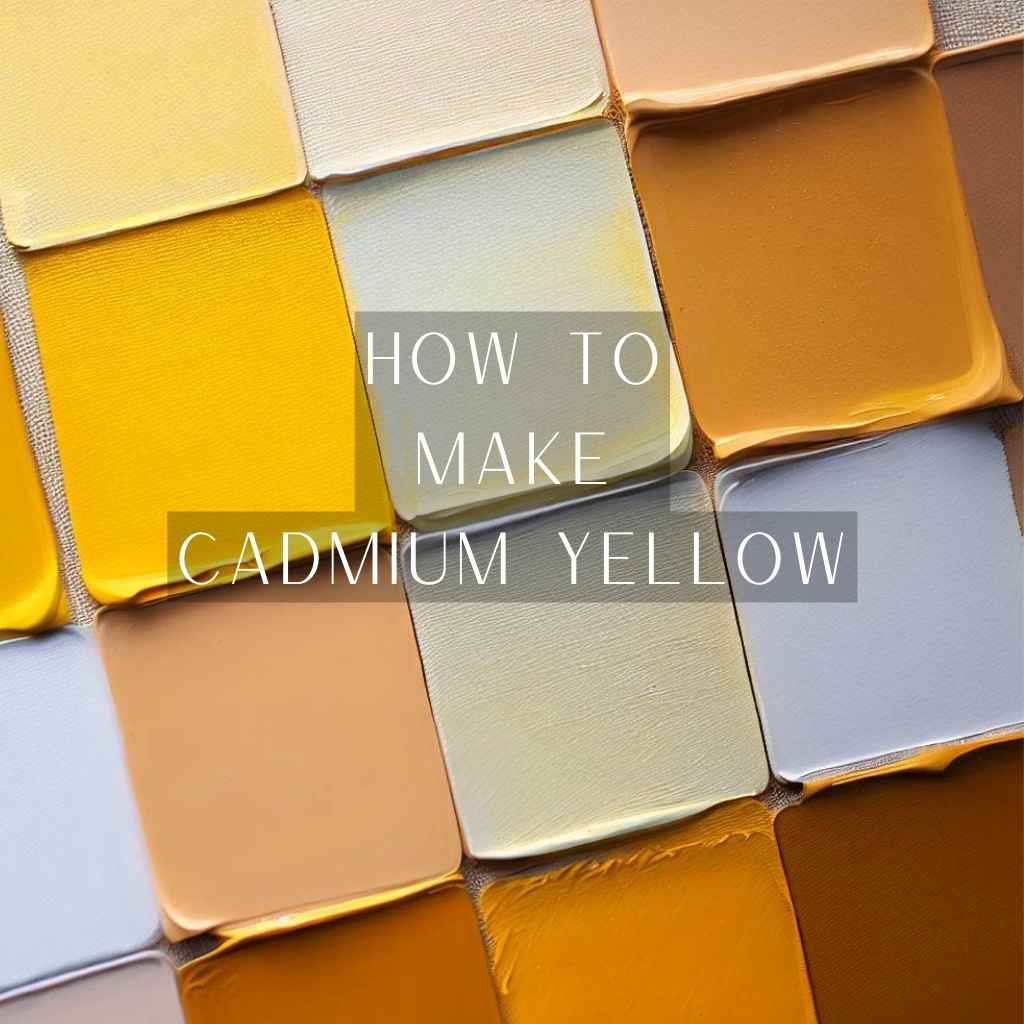
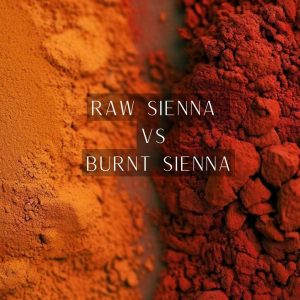
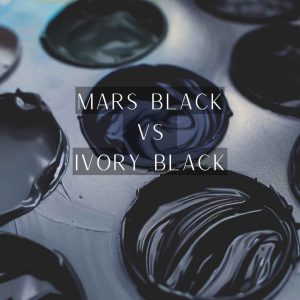
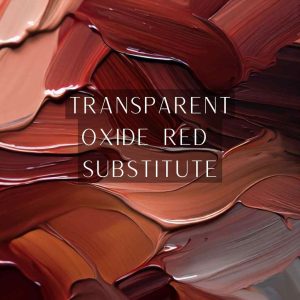
I have been browsing on-line greater than three hours as of late, yet I never found any fascinating article like yours.
It is beautiful price enough for me. In my view,
if all web owners and bloggers made excellent content material as you
did, the web will be a lot more helpful than ever before.